

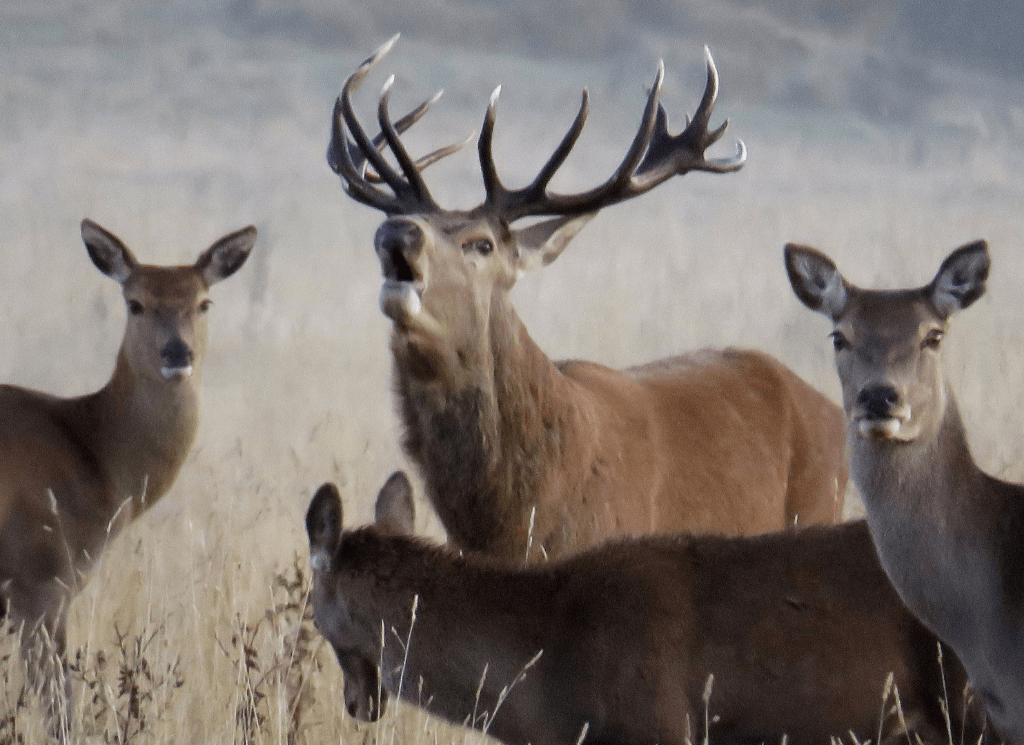
Hunting Experiences
16 March 2022
February is nearly over as I write these words, and with March comes the beginning of the rut for many of New Zealand’s big game animals. Red stags start first, then in staggered fashion comes the rest of the antlered and horned species.
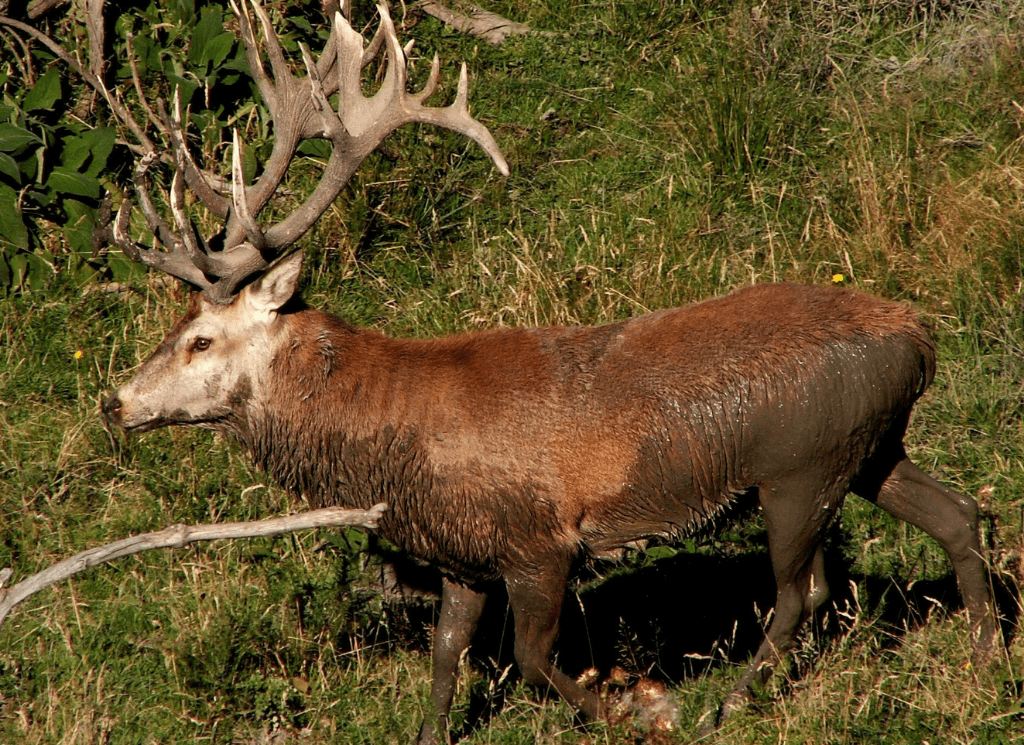
The rut starts slow with a few roars, squeals, or croaks after a particularly cold night, then it accelerates to full-on activity revolving around the search for turf of their own and success in the breeding stakes. Each year, mature males — many of them trophies — return to their rutting range, mark their boundaries, and, once established, get busy reintroducing themselves to the resident females, chasing away the young wannabes, and intimidating rival stags that have wandered into their home territory.
Trophy animals are suddenly visible after months of being elsewhere and it is interesting watching the ways they herald their reappearance. Fallow, in particular, are amazing in the way that suddenly, overnight, bucks are everywhere.
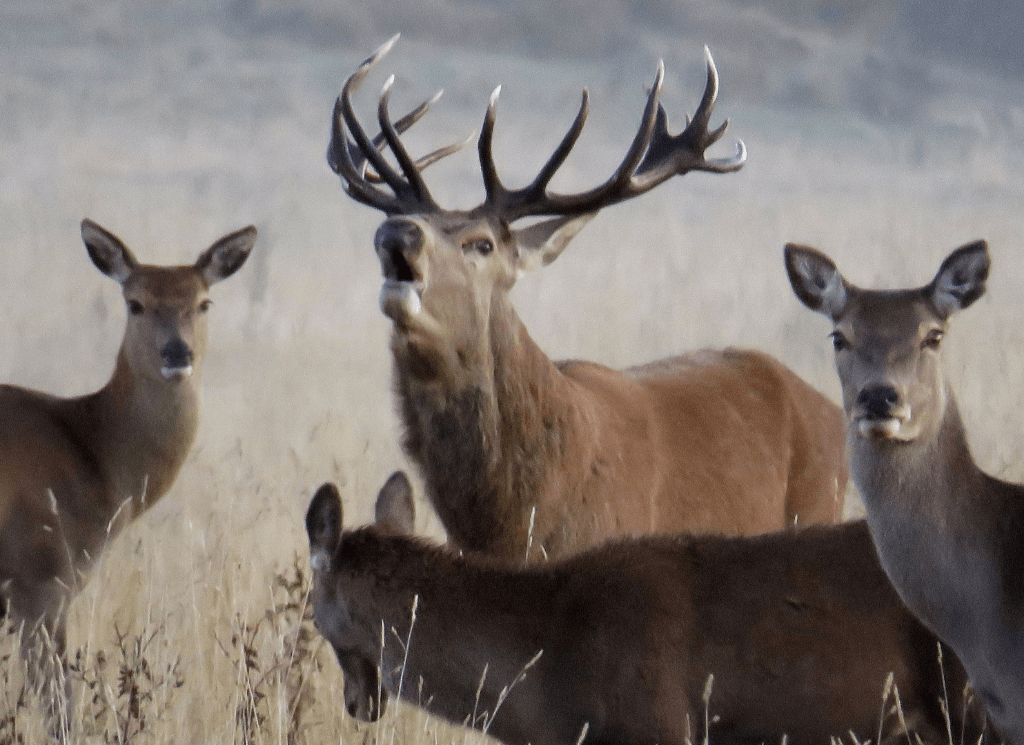
Scent is an obvious way a male mammal knows which females are coming into season. Like a trapper male deer must go round their traps and see which females are worth spending time following. In the case of fallow, the does come to the buck so he must create a welcoming environment.
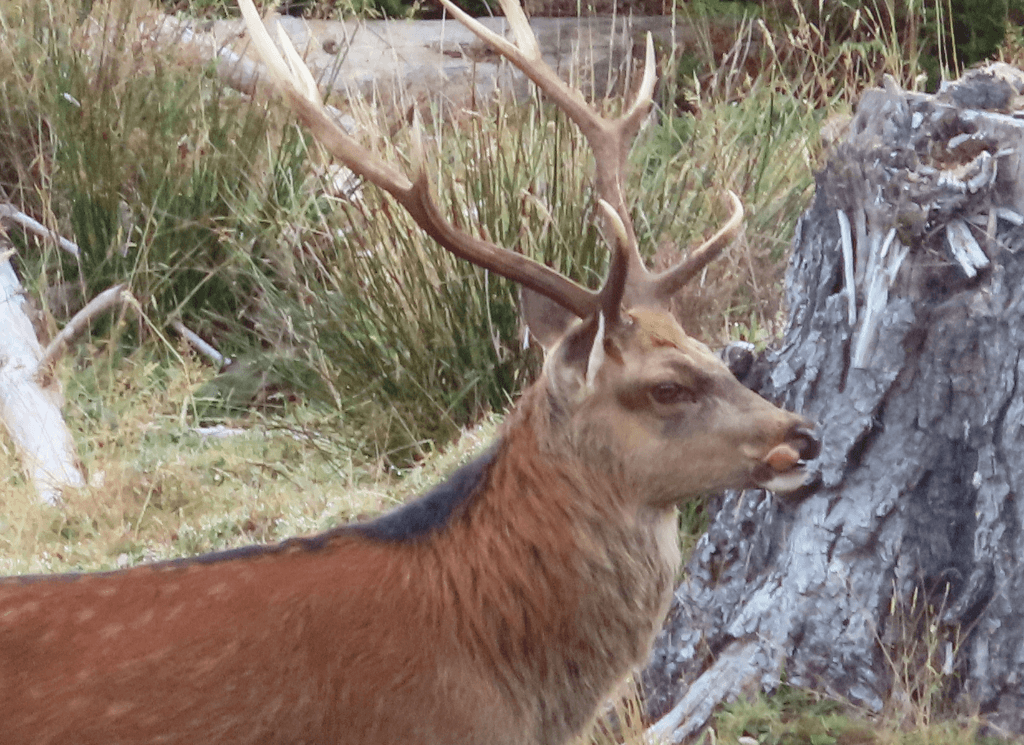
To the human watcher, the most obvious evidence of male deer checking female availability is the flehmen response, which looks like a grimace or sneer. What they are actually doing is bringing scent molecules from urine into contact with the vomeronasal organ (VMO), which is located between the roof of the mouth and the palate. By inhaling deeply, and curling the lips, stags, for instance, can gather chemical messages that are present in doe urine. To make sure their nose and VMO are working at full velocity, trophy animals often go further and poke out their tongue and lick their lips to keep them moist.
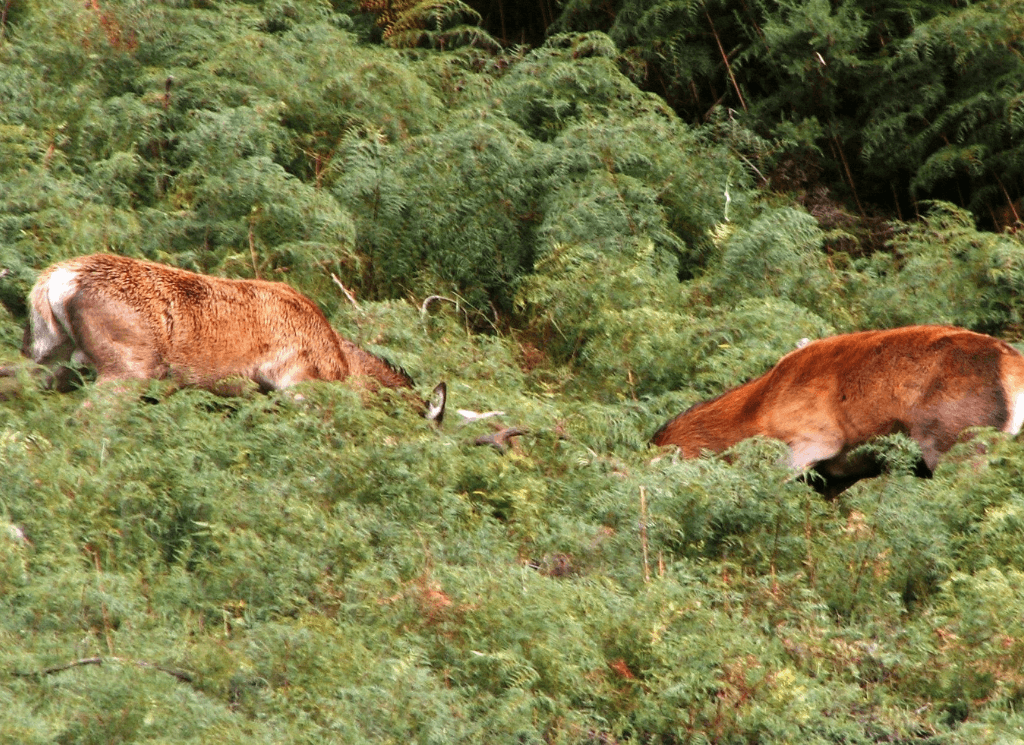
Other visual signals that the boys are back in town are the marking of trees and shrubs, mud wallows, scratched scrapes, rutting calls (such as roars and squeals), sparring, and occasionally two equally matched rivals meeting in vicious fights, such as those carried out by fallow bucks and sika stags. Parallel walking is often used as a tactic to escort rivals off the premises.
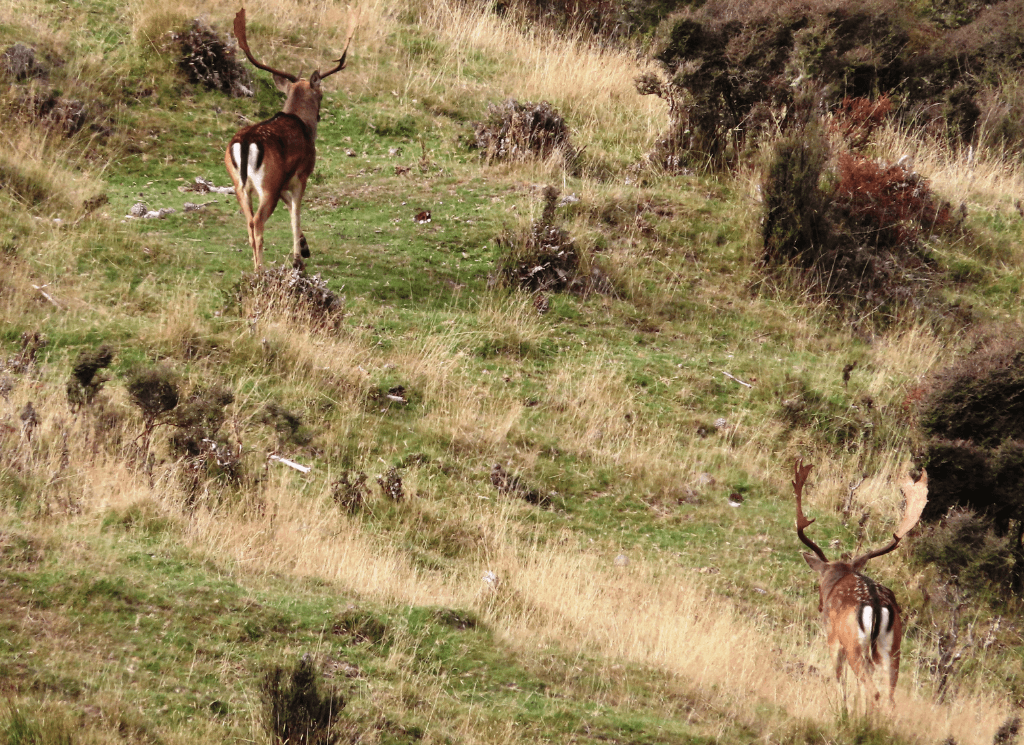
As the rut goes on, the trophy males retreat to thicker cover with their females and are not so visible, though they’re still heard. Stags and bucks wandering around are often satellite males who are on the fringes of the real breeding action.
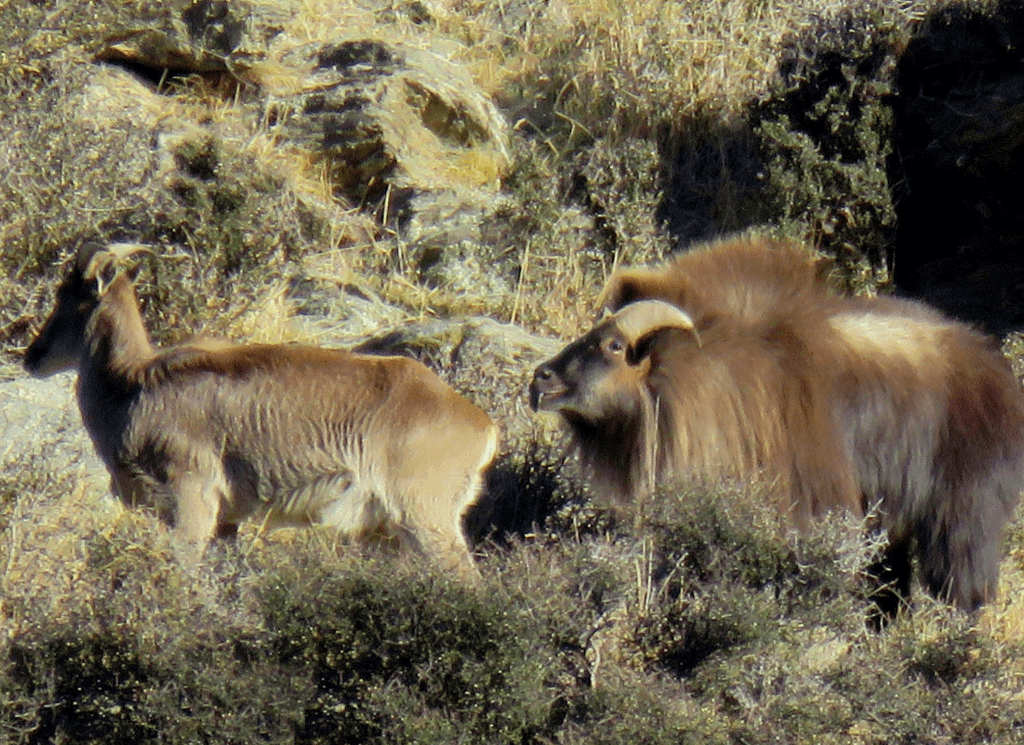
Posturing is another visual indication that males are back for the rut. Bull tahr take number one spot in this department. A male puffs himself up, flares his impressive male, and struts around his mob of nannies. When he finds a female in season he devotes all his attention to her, poses in a statue position, and sticks his tongue out. She usually ignores him but he is persistent, as are any other males that come close to her. In time, if he is the dominant bull he will win her over.
Want to ask a question about Poronui, personalise your vacation with bespoke itinerary options or find out about available dates?
Simply fill in your name and contact email address with a short message and we will get back to you.